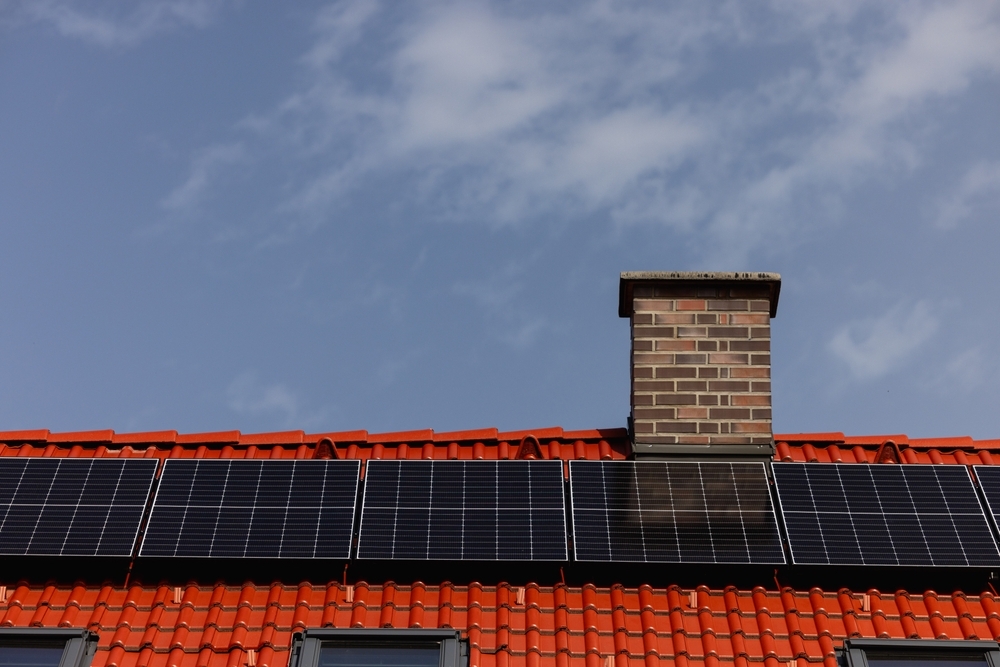
© Anton Yulikov/Shutterstock
In the European Union there is enormous potential for the production of renewable energy, still only partially exploited. It is concentrated above all in rural regions: with adequate investments, it could create a precious opportunity for development
According to a recent study by the Joint Research Centre of the European Commission, within the EU there would be the potential to generate up to 12,500 terawatt hours (TWh) of renewable energy every year, far exceeding current production levels.
As much as 88% of this could come from photovoltaic systems, namely from ground-mounted solar parks in sunny countries such as Spain, Romania, France, Portugal and Italy. Onshore wind farms could make up another 11%, while hydroelectric power would contribute the remaining 1%.
These data indicate that Europe would have enormous opportunities to increase renewable energy production, reduce dependence on fossil fuel imports and thus strengthen its energy security.
Rural regions at the heart of the energy transition
If we look at the geographical distribution of this potential energy production through renewable sources, we can see that in Spain alone, almost 3,000 TWh per year could be generated from solar energy. Romania and France also have considerable potential to exploit.
One of the most significant findings of the study conducted by the Joint Research Centre concerns rural areas. It is there that, in many cases, the greatest potential for renewable energy production is concentrated. These regions, often struggling with economic stagnation and depopulation, could benefit significantly from the energy transition. The development of solar and wind farms could generate employment, attract investment and provide stable income streams to local communities.
However, to truly unleash this potential, favourable natural conditions alone are not enough. Infrastructure gaps, outdated grid systems and regulatory barriers remain significant obstacles. For example, many rural areas currently lack the energy transmission and storage capacity needed to integrate large-scale renewable generation into national and European electricity grids. Without targeted investment, much of this potential risks remaining untapped.
The role of cohesion funds
Cohesion policy, the EU’s main instrument for regional development, could be used to unlock the untapped potential of renewable energy production – especially in rural and less developed regions where natural conditions are more favourable.
In the 2021-2027 budget cycle, the EU has allocated more than 36 billion Euros under the “Greening Europe” cohesion funding strand alone.
These funds are going mostly to Spain (€13 billion) and Poland (€7 billion), followed by Italy (€3 billion).
The investments will finance not only the creation of new renewable energy production facilities, but also the modernisation of the electricity grid, digitalisation and new energy storage solutions – essential innovations to ensure that the renewable energy produced can be distributed and consumed efficiently.
To subsidise the installation of solar panels, wind turbines or other types of renewable energy production systems, the EU has allocated a whopping 10.75 billion Euros. Of these, almost €2.8 billion will go to Spain, followed again by Poland with just over €2 billion and Italy with €882 million.
Despite the significant investments, differentiated approaches will be needed to maximise the strengths of individual regions. Investments in wind energy, for example, should focus on areas with fairly consistent winds, while highly urbanised areas may benefit more from rooftop solar installations. The European Commission has also stressed the importance of adapting energy transition strategies to local conditions, rather than implementing one-size-fits-all policies.
The development and diffusion of renewable energy communities can be another strategy to support the energy transition and the development of different territories. Through these communities, local groups organise themselves to generate, store, exchange and sell electricity produced from renewable sources. These initiatives contribute to the economic resilience of individual regions. In some cases, municipalities and ad hoc energy cooperatives are taking a leading role in promoting solar and wind projects that directly benefit local populations.
Challenges and the road ahead
Despite existing opportunities, conflicts over land use, environmental concerns and administrative bottlenecks need to be resolved before Europe can fully capitalise on its renewable energy potential. In some cases, lengthy permit procedures discourage investors, while concerns about the impact on biodiversity have fuelled resistance from some local communities.
To overcome these obstacles, policymakers must find a balance between the need to accelerate the energy transition and safeguard its environmental and social sustainability. Clear procedures, financial incentives for local community participation and the integration of biodiversity protection measures will be key.
Unleashing the untapped potential of renewable energy in Europe is not only a climate imperative, but also an economic and strategic opportunity that could benefit regional development among others: the challenge now is to translate this potential into reality.
This article is published in the context of the project "Cohesion4Climate" co-funded by the European Union. The EU is in no way responsible for the information or views expressed within the framework of the project; the sole responsibility for the content lies with OBCT.






 To Top
To Top